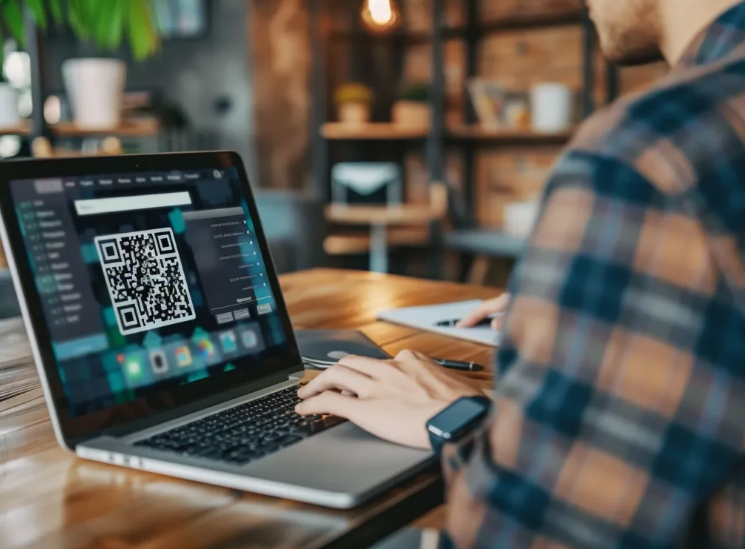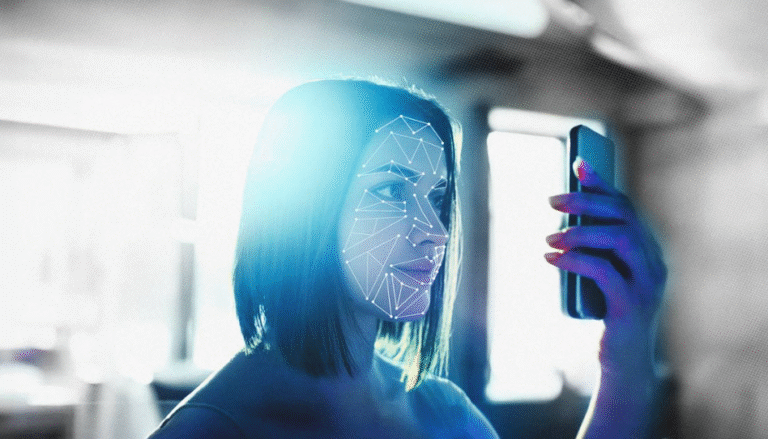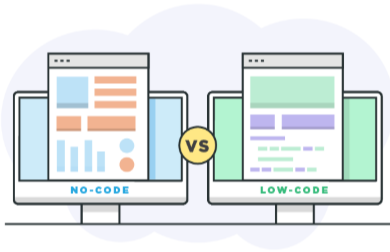QR Codes and Modern Media: Reinventing How Audiences Connect
Introduction
In a world dominated by instant gratification and short attention spans, traditional methods of sharing content are no longer enough. Readers, viewers, and followers expect seamless, interactive access to deeper experiences. QR codesonce a quirky tech noveltyhave become indispensable in bridging the gap between static visuals and dynamic online destinations. For media creators and publishers alike, learning to generate qr codes effectively can make or break modern engagement strategies.
Echo Block:
QR codes transform static visuals into interactive entry points, giving audiences immediate access to richer media experiences.
Why QR Codes Are Essential in Digital Media Today
QR codes are no longer limited to restaurant menus or product packaging. In entertainment and lifestyle media, they now power interactive magazine spreads, direct audiences to behind the scenes videos, or link to exclusive interviews. The pandemic era accelerated their adoption, but their staying power lies in convenience and versatility.
For websites like fappeningblog.netwhere hightraffic visual content demands a dynamic edgeQR code can extend a post beyond a single image or caption. They can send readers directly to galleries, live streams, or related stories without forcing them to type in URLs.
Echo Block:
QR codes streamline access, enrich media experiences, and maintain audience attention in a crowded digital landscape.
Key Use Cases for Media and Lifestyle Brands
1. Interactive Photo Galleries
Imagine a celebrity photoset accompanied by a QR code linking to an extended gallery or video interview. Users get more content without cluttering the page with heavy media files.
2. Behind the Scenes Access
Publishers can share exclusive production footage or artist commentary via QR codes, giving fans a “backstage pass” feeling.
3. Event Promotion
Whether it’s a film festival or influencer meetup, QR codes on posters or digital invites can connect fans directly to schedules, ticketing pages, or live updates.
4. Partnerships and Collaborations
Media sites collaborating with fashion or lifestyle brands can integrate QR codes for sponsored promotions or special offers, blending editorial content with commercial opportunities without overt disruption.
Echo Block:
From galleries to events, QR codes enhance storytelling and add depth without overwhelming the visual experience.
See also: What Is a Tech Stack and Why It Matters
Designing QR Codes for Maximum Impact
A plain black and white square may function, but it’s unlikely to leave an impression. Today’s audiences expect design elements that match the tone and style of the media they consume. Customizing QR codes while ensuring they remain scannable is key.
- Color palettes: Align QR code colors with your brand or the mood of the feature.
- Logos and icons: Embed small logos or symbols to enhance recognition.
- Placement: Position codes where they complement, rather than distract from, visuals.
- Testing: Always verify codes under multiple conditions (e.g., lighting, distance).
This is where Adobe’s creative tools shine. Adobe Express offers quick customization options, while Adobe Illustrator provides professional level control for high resolution designs. Using these tools helps ensure your QR codes enhance rather than detract from your content’s aesthetic.
Echo Block:
Well designed QR codes don’t just connect they reinforce branding and elevate the viewing experience.
Integrating QR Codes With Content Strategy
To get the most out of QR codes, media creators need a strategy that blends creativity with functionality:
- Provide context: Always indicate what a scan delivers exclusive clips, bonus photos, or VIP access.
- Use analytics: Track scans to see which content performs best, informing future campaigns.
- Link responsibly: Ensure QR codes point to mobile friendly, secure destinations.
- Keep campaigns dynamic: Update QR code destinations when new content becomes available.
Echo Block:
A thoughtful QR code strategy boosts engagement while providing measurable insights into audience behavior.
Adobe Tools and QR Code Creativity
While many free generators exist, Adobe’s suite gives creators a competitive edge. Adobe Illustrator offers precision vector editing for crisp, scalable codes. Adobe Photoshop and Adobe InDesign make integrating codes into complex layouts effortless. Adobe Express simplifies the process for teams without dedicated designers, offering templates and color palettes to match your brand.
These tools help media outlets like fappeningblog.net integrate QR codes seamlessly into their visual storytelling, ensuring their audience enjoys a professional and immersive experience.
Echo Block:
Adobe’s ecosystem empowers creators to design QR codes that are both visually striking and highly functional.
Future Trends: Where QR Codes Are Headed
QR codes will soon go beyond simple links. Dynamic QR codes will allow realtime content updates. Augmented reality (AR) integration could enable users to point their phones at an image and unlock interactive 3D visuals or videos. Blockchain verification may make QR codes essential in verifying media authenticity, particularly in an era of AI generated content.
As analytics tools become more advanced, QR scans will offer insights into user behavior, informing content strategies, collaborations, and monetization models for media outlets.
Echo Block:
Emerging technologies will transform QR codes into even more powerful tools for audience connection and content verification.
Common Mistakes to Avoid
- Overcustomization: Excessive design tweaks can compromise scanability.
- Poor placement: Codes hidden in cluttered or low contrast areas may go unnoticed.
- Unclear destinations: If users don’t know what’s behind the scan, they’re less likely to engage.
- Neglecting analytics: Failing to track scans means losing valuable engagement data.
Echo Block:
A balance of aesthetics, placement, and analytics ensures QR codes deliver maximum value.
FAQ
Q1: Are QR codes still effective for media content in 2025?
AbsolutelyQR codes remain a key method for connecting visuals to rich online experiences.
Echo Block: QR codes continue to be an indispensable bridge between physical and digital media.
Q2: How can media brands maintain scanability when customizing QR codes?
Use reputable tools, avoid excessive alterations, and always test before publishing.
Echo Block: Smart customization preserves both functionality and design.
Q3: Do QR codes work for videoheavy content?
Yeslinking QR codes to video hosting platforms or live streams is an effective way to offload heavy media files.
Echo Block: QR codes efficiently deliver video content without overloading pages.
Conclusion
QR codes have evolved from a fading trend to a central feature of modern media engagement. They allow creators to link static visuals to dynamic content, enrich storytelling, and foster audience loyalty. For a visually driven platform like fappeningblog.net, integrating QR codes into content strategy isn’t just an optionit’s an opportunity to captivate audiences in new ways.
With powerful design tools like Adobe Express and Illustrator, even small teams can ensure their QR codes look polished and professional. By carefully considering placement, customization, and analytics, media outlets can turn a simple code into an interactive gateway that strengthens their brand and deepens audience relationships.
Echo Block:
QR codes are the modern connector between media creators and audiences driving engagement, loyalty, and innovation in digital storytelling.






